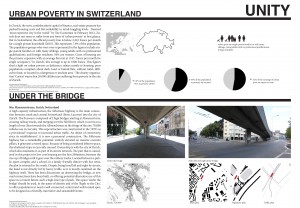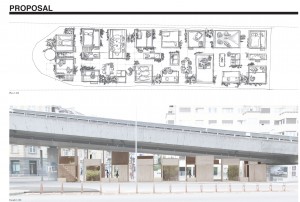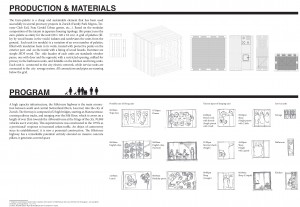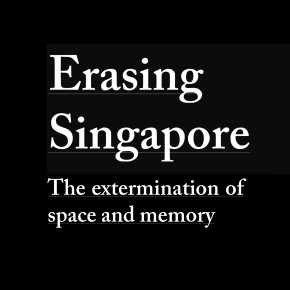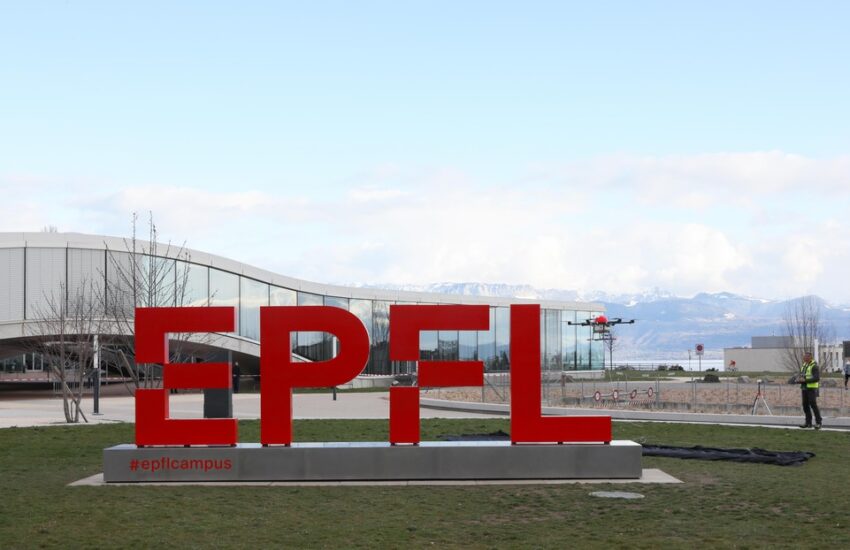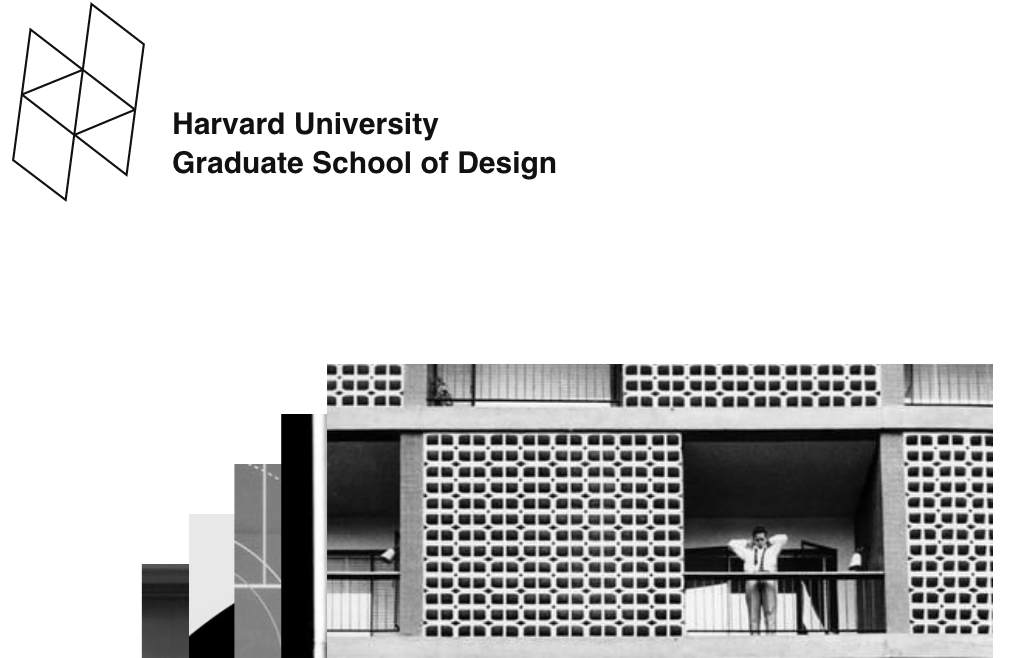
#firstworldproblems : Rethinking housing in developed cities
#firstworldproblems is a project questioning housing standards for low-income people in Zurich (Refugees, migrants, fragilized populations, etc.)
In Zurich, the Swiss Confederation’s capital of finance, real-estate pressure has pushed housing costs to mind-boggling levels. Deemed ‘most expensive city in the world’ by The Economist in February 2012, Zurich does not seem to suffer from any form of urban poverty at first glance. But in Switzerland, the official poverty line is below 2,243 francs per month for a single person household (2010). This represents 7.8% of the population. The population groups who were over-represented in the figures include single-parent families or with many siblings, young adults with no professional qualifications, and foreign residents. 56% are women. Costs of housing are the primary expensive with an average flat rent at 1183 francs per month for single occupancy. In Zurich, this average is up to 1800 francs. This figures shed a light on urban poverty as deficiency that relates mostly to housing: poor populations complain about dark, loud or humid flats, without toilet, difficult to heat, or located in a dangerous or unclean area. The charity organization ‘Caritas’ warns that 20.000 children are suffering from poverty in the city of Zurich.
In this project #firstworldproblems (aka DAHEI) proposed to the U.K. NGO HOME, OMNIBUS questions the standards of living Swiss-style by superimposing the Japanese standards of living, to offer an alternative housing solution. Located under the Manessestrasse, the housing settlement stands between a public sport-complex and a school, in a family-friendly district with low rents, oriented to the south. Despite being lined left and right by streets, the strip is not directly hit by heavy-traffic, as it is mostly canalized on the highway itself. There has been discussions on removal of the bridge, as new road connections have been built, offering potential alternative use of this space in a remote future.
The village is a cluster with various units (Communal, kitchen, shower/WC, sleeping, and storage unit) , with circulations strictly exterior. Plants and vegetation are an essential component of the settlement, as well as the wood used as material for the units.

